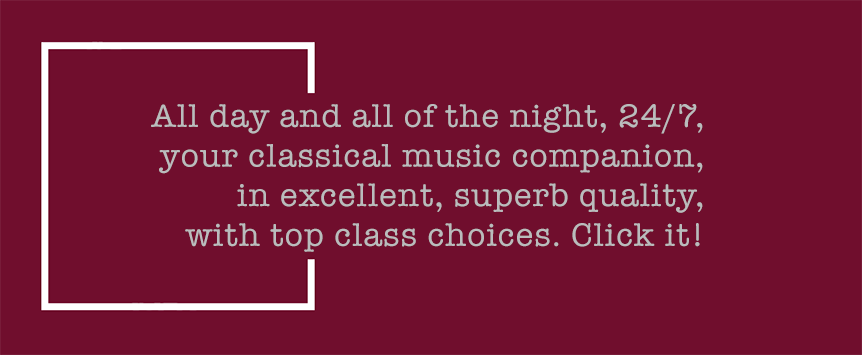From our resident critic:
English National Ballet’s Forsythe Programme
by Alastair Macaulay
You think you know me? No, you don’t. With many artists this elusiveness is the instinct that impels much of their careers.
And so it has been with the choreographer William Forsythe, who is now in his late seventies and a triple bill of whose work is to be seen right now with English National Ballet at Sadler’s Wells in “the Forsythe programme” (April 10-19). He has changed and changed again, at least on the outside.
London has been watching Forsythe choreography since 1978 (when he was with the Stuttgart Ballet, and when nobody knew what a global phenomenon he was to become). For most of that time, he chose to be the ultimate wiseguy artist, terribly sophisticated and entirely without innocence or naivety, presenting works with such titles as “In the Middle, Somewhat Elevated”, “Behind the China Dogs”, and “Eidos Telos”. In 1980, he made a solo for Lynn Seymour to dance at a charity gala in which she mimed shooting herself with a revolver: some thought this an immense disrespect to Princess Margaret, who was present. (The notion that Margaret somehow needed cushioning from in-yer-face art seems amusing now.) His artistic persona was angry-young-man, rule-breaking, but smart.
If you were old-fashioned enough to think an theatre artist’s duty was to create a world onstage, Forsythe was way ahead of you. He, by contrast, made anti-worlds, harshly lit from above and/or behind, showing his immense compositional sophistication without appearing to inhabit it or believe in it. But, whereas at the end of the twentieth century Forsythe was known for taking a version of athletic, hyperextended Balanchine ballet style to some new pitch, in the early twentyfirst century he became concerned instead with less dancey theatre games. Whether or not his work was dancey, it was always clever and a bit damned confrontational. (I’m inclined to think he was always playing theatre games.)
In the last ten years, however, he’s changed again. Most surprisingly of all, he’s become Mr Fun. If you had told me at any time between 1978 and 2015 that Forsythe would be giving us pop ballet choreographed to Barry White’s “Sha La La Means I Love You”, I’d have dismissed the notion – but lo! it has come to pass. This happens at the end of “Playlist” (2018), the extended anthology of pop music that’s the second half of this all-Forsythe programme.
All of “Playlist” is pop choreography to pop music, but it’s pop choreography that shows us its compositional skills. You can have a whale of a time just watching how smoothly and how rapidly Forsythe changes a quartet into a quintet and then into a sextet, how he transforms a dance for twelve women by adding four men, how he adds another eight men, and so on. And his sensibility is always modern: at no point do his men become mindless partners of all-important women, at no point are his women manipulated by over-controlling men. Though the music is pop, it’s disconcertingly similar to the nineteenth-century honkytonk to which Marius Petipa made many of his big classical hits. And – like some great dancers making musical conjuring musical magic within Petipa’s ballets sets to lesser music – Forsythe is smart enough to know how to get his dancers lingering on transient beats within phrases, so that a balance or a turn can seem to suspend time for an instant. (You may be sure the dancers know how to make us notice, looking out front as they pause within a rhythm.)
The whole evening begins with “Rearray (London Edition 2025)”, which, despite its date, is stylistically a return to the late-last-century Forsythe idiom. Two men and a woman (the super-tall Sangeun Lee), dressed in tights and loose tops, deliver a series of solos, duets, and trios – now to silence, now to sometimes atonal music by David Morrow – that are immensely sophisticated in their stretched post-Balanchine physicality and rhythmic complexity. Sometimes the dancers face front, sometimes face on downstage diagonals, and sometimes focus upstage, with their backs to us. They do and they don’t connect to their music, but always they’re intensely organised and informally post-classical.
The oldest work on the programme is the original quintet version of “Herman Schmerman” (1992), made for New York City Ballet. (Paradoxically, New York City Ballet now dances only the “Herman Schmerman” duet, which Forsythe added later that year for the Frankfurt Ballet, where he served as artistic director between 1984 and 2004.) It’s possible now to guess that “Herman Schmerman” was an early sign of Forsythe lightening up. That quintet was and is an elaborate display of post-Balanchine dance virtuosity; whereas his ballet had seemed stern, harsh, and earnest, here was one that was jolly, or as jolly as its Thom Willems score would allow.
I’ve enjoyed very few of the scores used by Forsythe for dance. Most of the rest have been by Willems: the English National Ballet programme tells us that Forsythe and Willems have collaborated on more than sixty. Willems’s scores – harsh, often electronic, often using computer technology, almost entirely urban in mood, often intensely rhythmical – are almost for our time what the music of Ludwig Minkus was for Petipa’s day: in one ear, out the other. Minkus, however, was loads more friendly.
But then I don’t “get” Forsythe’s musicality anyway. His ballets never help me hear his music better; they seldom seem to want me to. His choreography is slick, admirable, complicated, and, to many people, appealing in its athleticism. I like its new emphasis on fun – and yet I don’t believe it. Choreographing such skilful dance-fests to lightweight pop music as “Playlist”, Forsythe is a wolf in sheep’s clothing.
photo: Forsythe/ENB
The post Alastair Macaulay reviews: Forsythe – or against? appeared first on Slippedisc.








